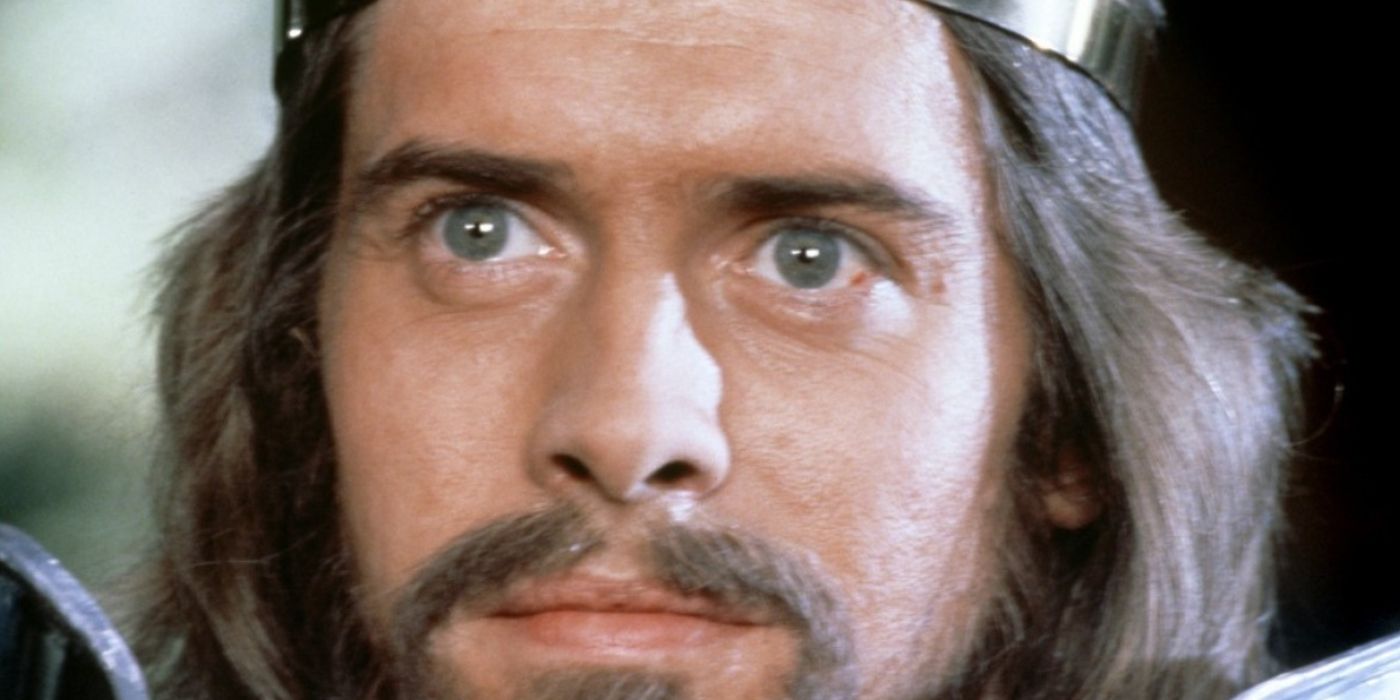New Zealand Invests $22 Million to Protect Native Wildlife and Boost Eco-Tourism in National Parks - Travel And Tour World
Friday, July 4, 2025

In a significant move to enhance conservation efforts and promote sustainable tourism, New Zealand’s Conservation Minister, Tama Potaka, announced a $22 million investment aimed at protecting native wildlife and boosting eco-tourism in the country’s national parks. This funding, sourced from the International Visitor Levy (IVL), will be allocated over the next three years to support various conservation initiatives across New Zealand.
The $22 million investment will be strategically distributed to address key areas of conservation and eco-tourism:
A key highlight of the investment is the targeted protection of critically endangered species such as the kakī (black stilt) and kākāriki karaka (orange-fronted parakeet). Only about 400 of the latter remain globally, and these birds face constant threats from introduced predators like rats and stoats. The funding will support breeding programs, habitat restoration, and predator control measures to ensure the survival of these species.
Other species benefiting from this investment include the southern New Zealand dotterel, tara iti (fairy tern), Paparoa giant wētā, and several endangered skinks and beetles. On the botanical side, rare native plants such as Cardamine mutabilis and Craspedia (Fyfe River) will also receive much-needed protection.
The initiative will enhance biosecurity measures and biodiversity on high-profile islands frequented by visitors, including areas in the Hauraki Gulf, Marlborough Sounds, Fiordland, and Kapiti. These regions are vital sanctuaries for native species and key destinations for eco-tourism.
“We’re making sure these islands remain predator-free and safe havens for native wildlife,” Potaka said. “It’s about making conservation real and visible to every visitor.”
This investment underscores the government’s commitment to balancing conservation efforts with the growth of eco-tourism. By protecting native wildlife and enhancing visitor experiences, New Zealand aims to attract more international tourists who value sustainable travel practices.
“People fly here with the dream of enjoying our world-class environment,” said Minister Potaka. “We want to make that experience even better. This is about backing both nature and the tourism economy.”
The $22 million investment is part of a broader commitment under Budget 2025, which earmarks $55 million annually from the IVL—now set at $100—to fund Department of Conservation (DOC) initiatives. This long-term funding model ensures sustained investment in conservation projects tied to tourism growth and ecological stewardship.
“New Zealand attracts visitors who care about nature,” concluded Mr. Potaka. “Every cent that goes into conservation is an investment in our environment and our economy. We want to ensure future generations wake to kiwi calls and find footprints in the morning mist.”
Source: Department of Conservation, New Zealand Government, Conservation Minister Tama Potaka, Isaac Conservation and Wildlife Trust, International Visitor Levy (IVL), Budget 2025, Radio New Zealand (RNZ)
«Enjoyed this post? Never miss out on future posts by following us»
Tags: Aotearoa, Arthur's Pass National Park, christchurch, conservation areas, eco tourism, Fiordland National Park, Hauraki Gulf, International Visitor Levy, Kahurangi National Park, Kaimai Forest Park, Kapiti Island, Marlborough, Marlborough Sounds, Mount Aspiring National Park, NATIONAL PARKS, native wildlife protection, nature reserves in New Zealand, new zealand, New Zealand conservation investment, New Zealand eco-tourism, New Zealand national parks, New Zealand wildlife, North Island, South Island, sustainable tourism, Tama Potaka, tourist destinations in New Zealand, Wellington, Westland Tai Poutini National Park, Whanganui National Park









